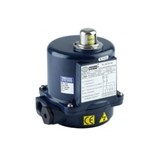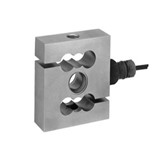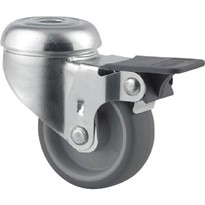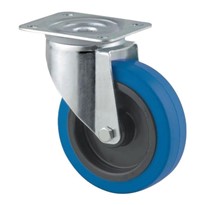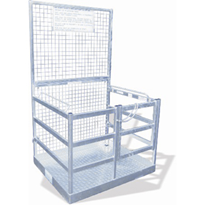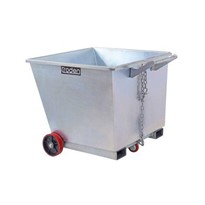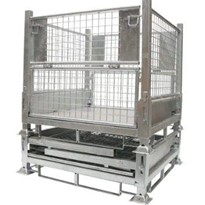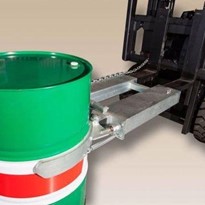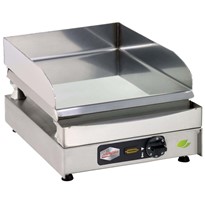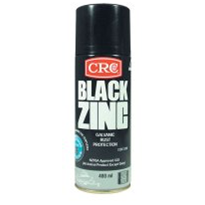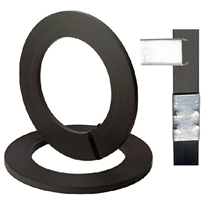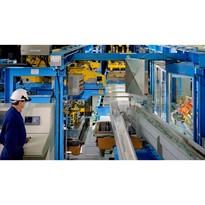What Does Galvanised Mean?
Galvanisation is when a protective zinc coating is applied to steel or iron, to prevent rusting.
The most common method is hot-dip galvanising. This is when metal parts are fully submerged in a bath of molten zinc.
Zinc plating (also known as electro-galvanising) is a process where zinc is applied by using a current of electricity. While is does provide some rust protection, its thinner coating is not as rust resistant as hot dip galvanising. Its main advantage is it is cheaper and easier to weld.
Be careful when choosing your product! The fact that it says ‘galvanised’ doesn’t mean it’s ‘hot dip galvanised’. Electro-galvanising is another term for zinc plating. So when you see ‘galvanised’ use your newly acquired knowledge to make sure it is hot dip galvanised and not electro-galvanised.
What Can Be galvanised?
Hot dip galvanising or zinc plating can be used on anything from small nuts and bolts to large beams for buildings. The steel is put in a big bath, where the coating is applied.
If it’s galvanised, it will be dull grey and a little rough. A zinc plated product will be shiny and smooth.
A hot dip galvanised product has the best protection against rust, even though it’s a bit ugly.
What Are The Different Galvanisation Processes?
Whether the steel is to be hot dip galvanised or zinc plated it is prepared in a similar way. The steel is cleaned to remove all oils, paint, grease, mill scale (small flakes of metal) and rust in a bath of acid.
Steel, when being hot dip galvanised is dipped into a 450°C bath of molten liquid zinc. The steel and the liquid zinc bond together because of the high temperature. The steel and the zinc become one.
Zinc plating, on the other hand, is immersed in a cold chemical solution of zinc and uses an electrical current to apply a layer of zinc. The thickness of the coating is measured in microns or micrometre’s (μm). Zinc plating requires a minimum thickness of 5μm (.005mm) and a maximum of 25μm (.025mm). It would become too technical and expensive to coat the steel any thicker than this.
Hot dip galvanising requires a minimum thickness of 45μm (.045mm) and goes beyond 100μm (.1mm)
A product that is hot dip galvanised will have a thicker coating, meaning it will last far longer. Hot dip galvanised coatings give superior protection against corrosion.



-160x160-state_article-rel-cat.png)
-160x160-state_article-rel-cat.png)



